Understanding your skin type—dry, oily, or combination—is the foundation for crafting a skincare routine that brings out the best in your skin.
Each type requires a unique approach: dry skin craves intensive hydration and protective barriers against environmental stressors, oily skin needs balance without over-stripping natural oils, and combination skin requires a careful blend of both to address its dual needs effectively.
Recognizing whether your skin feels tight and flaky, greasy and prone to breakouts, or a mix of both is essential for choosing the right products and treatments. Adapting the now-popularized 10-step Korean skincare routine to suit your specific skin type can transform your skin’s health and appearance.
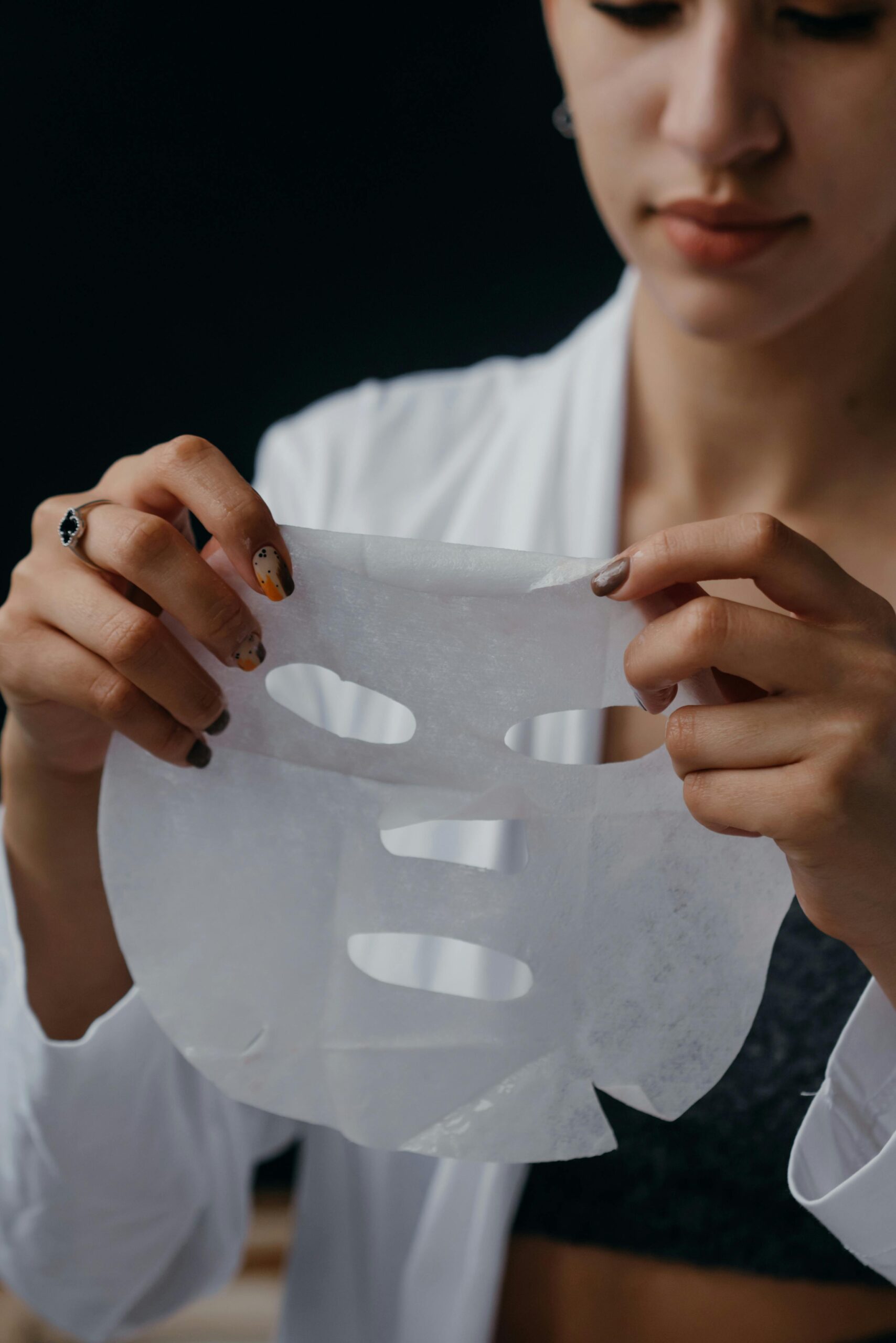
🤔 Understanding Your Skin Type: Dry, Oily, and Combination
Knowing your skin type is the foundation for customizing an effective skincare routine. Each skin type requires a unique approach to ensure your skincare products work harmoniously to support and enhance your skin’s natural health.
For example, with dry skin, ingredients like hyaluronic acid and collagen help to nourish and restore, locking in moisture for a plump, smooth complexion.
However, oily skin benefits from ingredients like tea tree oil and niacinamide, which help control oil production and clear pores while maintaining essential hydration.
Combination skin takes a versatile approach, utilizing elements like ginseng and propolis to evenly treat dry and oily patches, ensuring the entire face receives balanced care. Tailoring these steps to your skin’s unique characteristics will help you achieve a radiant, healthy complexion.
Importance of Correctly Identifying Your Skin Type
Misdiagnosing your skin type can lead to product misuse and worsen existing concerns. For instance, using heavy creams on oily skin can clog pores, while harsh cleansers on dry skin can strip essential oils, causing irritation. Here’s how to identify and understand the characteristics of each skin type:
Dry Skin
- Characteristics: Dry skin often feels tight, especially after cleansing. It may appear flaky, rough, or dull and is prone to sensitivity. Fine lines are usually more noticeable due to a lack of moisture.
- Key Causes: Insufficient oil production, environmental factors (like cold weather), and overuse of drying products can exacerbate dryness.
- How to Identify: Wash your face with a gentle cleanser and wait for 30 minutes without applying any products. If your skin feels tight or has visible patches of flakiness, you likely have dry skin.
Oily skin
- Characteristics: Oily skin is characterized by a shiny or greasy appearance, enlarged pores, and frequent breakouts. The skin tends to feel slick or thick to the touch.
- Key Causes: Overactive sebaceous (oil) glands, often influenced by hormones or genetics.
- How to Identify: After cleansing, if your face appears shiny and oil accumulates, particularly in the T-zone (forehead, nose, chin), you likely have oily skin.
Combination Skin
- Characteristics: Combination skin exhibits both dry and oily areas. The T-zone is often oily, while the cheeks and jawline may be dry or normal.
- Key Causes: Hormonal fluctuations or genetic predisposition can lead to uneven oil distribution across the face.
- How to Identify: If your skin feels greasy in some areas but tight or flaky in others, you probably have combination skin.
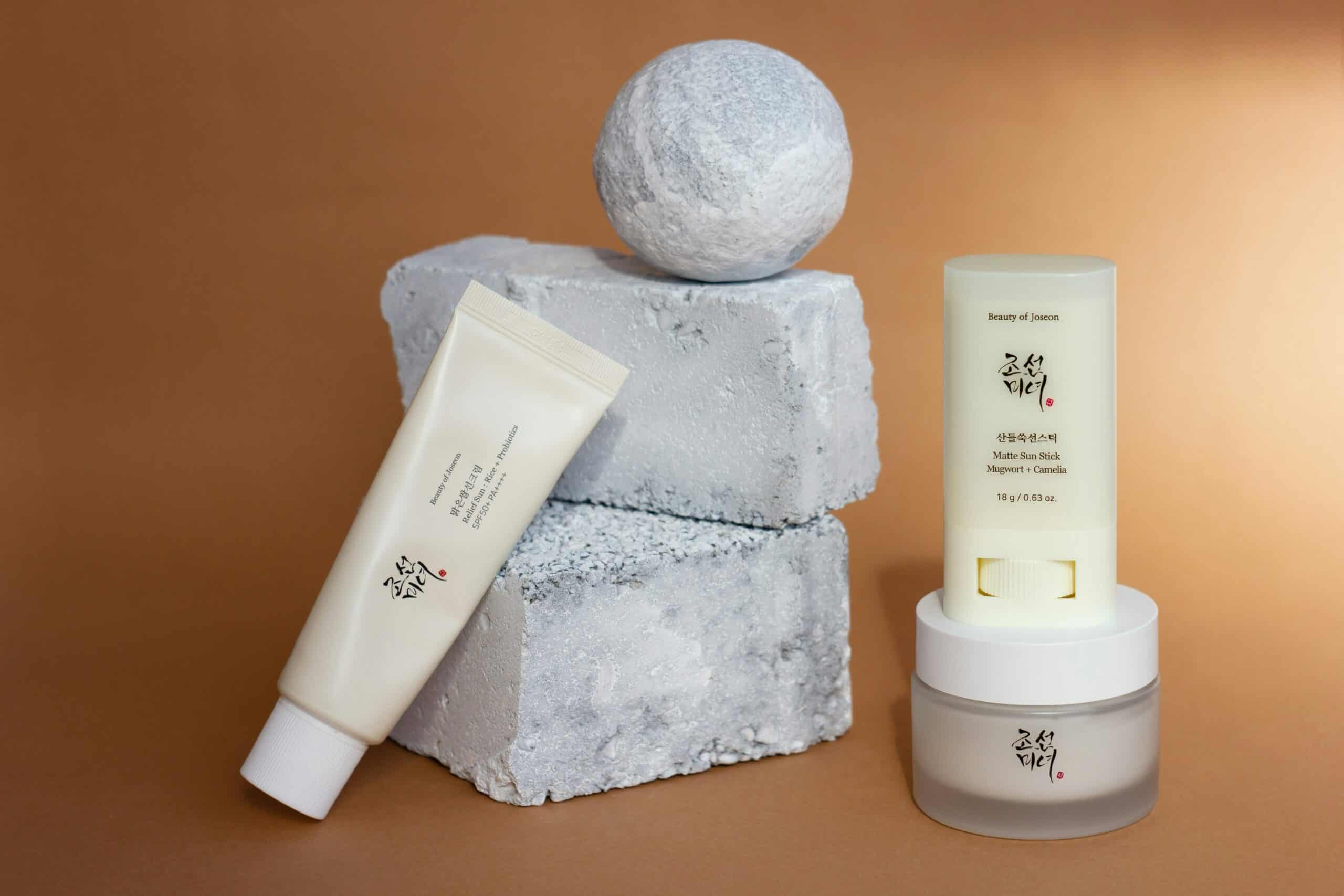
🧐 Adapting the 10-Step Routine for Dry Skin
Dry skin craves moisture and nourishment, so it’s important to prioritize hydrating and barrier-repairing products.
Key Ingredients in Korean Dry Skincare Products
Hyaluronic Acid
Hyaluronic acid is a powerful skincare ingredient perfect for combating dry skin. It attracts and retains water, giving skin a plumper, smoother appearance while alleviating dryness and tightness. Known for its anti-aging effects, it helps reduce fine lines and wrinkles and soothes dry eyes.
Acting as a humectant, it locks in moisture and replenishes natural hyaluronic acid lost with age, promoting a healthy, vibrant complexion. For best results, use serums, moisturizers, or masks containing hyaluronic acid to keep your skin hydrated and nourished.
Aloe Vera
Aloe vera, known for its soothing and hydrating properties, is a go-to ingredient for dry skin. Packed with moisturizing compounds, it combats dryness, soothes irritation, reduces redness, and addresses issues like acne, eczema, and sunburn.
Its humectants help retain moisture, while antioxidants fight damage and aging. To benefit, opt for serums, moisturizers, or masks with high aloe vera content to hydrate, soothe, and nourish your skin.
Niacinamide (Vitamin B3)
Niacinamide, also known as Vitamin B3, is a skincare favorite for its hydrating and barrier-strengthening benefits.
It locks in moisture, soothes redness, regulates oil production, and improves skin texture. With anti-inflammatory properties, it calms irritation and supports collagen production to reduce fine lines and wrinkles.
Niacinamide also fades hyperpigmentation, evens skin tone, and defends against environmental aggressors - incorporate it into your skincare routine with serums, moisturizers, or masks for a hydrated, radiant complexion.
Collagen and Elastin
Collagen and elastin are vital proteins for skin health, especially for dry skin. Collagen supports the rebuilding of damaged cells, improving skin strength and structure, while elastin maintains firmness and elasticity, reducing fine lines and wrinkles.
Elastin also aids in wound healing and enhances the skin's ability to return to its shape, helping to add bounce to more dry skin types. To address dry skin, use skincare products like serums or moisturizers containing collagen and elastin to boost elasticity, reduce wrinkles, and achieve a healthier complexion.
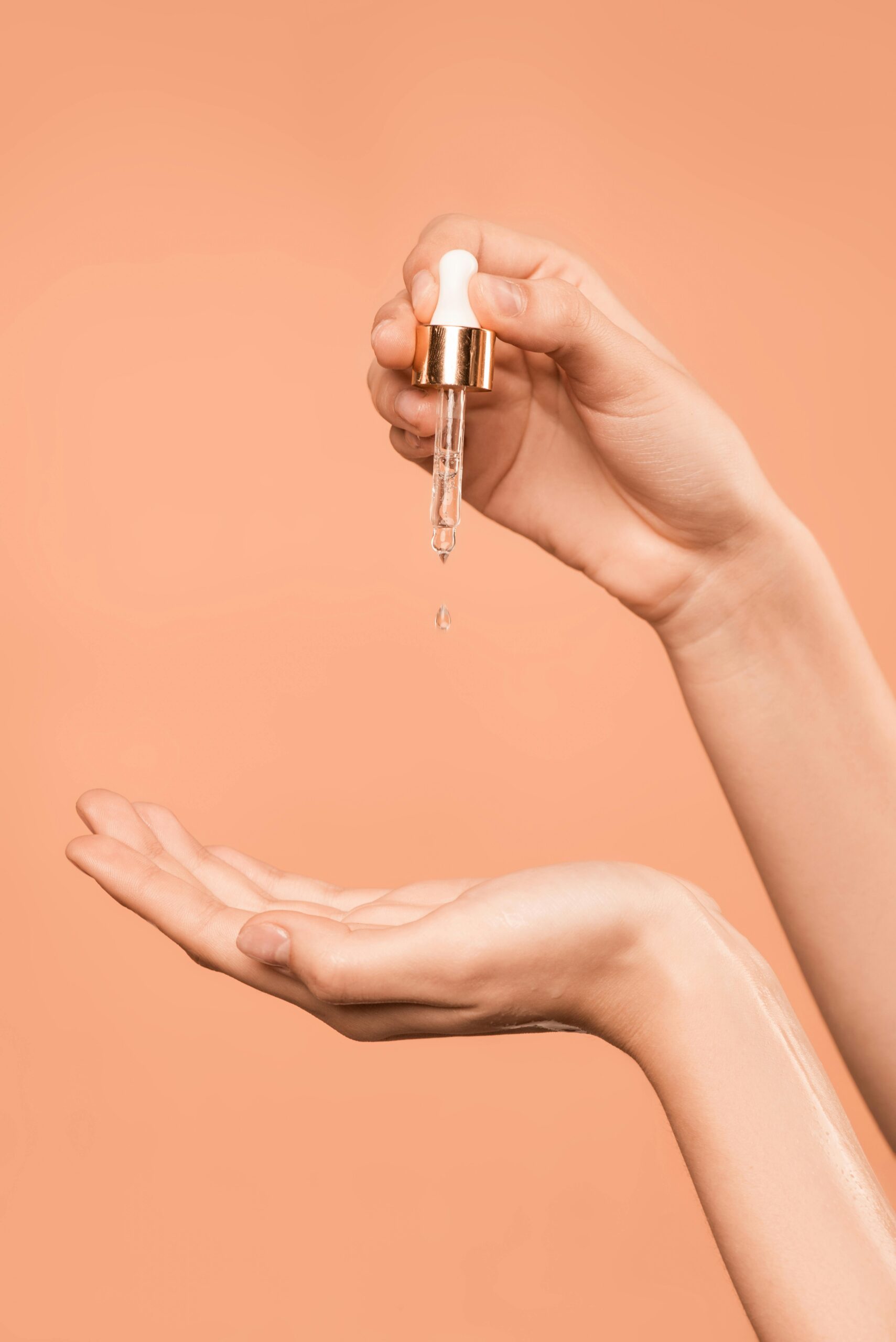
Complete Routine for Dry Skin: Protection and Hydration
Oil Cleansing
The first step focuses on removing makeup, sunscreen, and oil-based impurities like sebum and pollution particles. Oil cleansers are gentle yet effective, dissolving dirt without stripping the skin of its natural oils. For dry skin, this step is crucial as it maintains the skin’s moisture barrier while prepping it for the next cleanse.
Water-Based Cleansing
Following the oil cleanse, a water-based cleanser helps remove sweat and water-based residues. This step ensures a deeper clean, leaving the skin fresh and ready to absorb hydrating products. For dry skin, opt for a hydrating or creamy cleanser to avoid over-drying.
Exfoliation
Exfoliating 2–3 times a week helps remove dead skin cells that can make dry skin appear dull and flaky. Gentle chemical exfoliants with AHAs or natural scrubs designed for dry skin improve texture, allowing the skin to better absorb the nourishing products applied in later steps without worsening redness-prone dry skin.
Toning
Toners are essential for rebalancing the skin’s pH after cleansing. For dry skin, hydrating toners infused with ingredients like hyaluronic acid or aloe vera replenish lost moisture and prep the skin for better absorption of essences and serums. This step sets the foundation for deeply hydrated and soft skin.
Essence
Essences are lightweight yet potent, designed to penetrate deeply into the skin. They hydrate at a cellular level, improve elasticity, and enhance the skin's overall texture. For dry skin, look for essences enriched with nourishing ingredients like snail mucin, fermented extracts, or peptides to repair and hydrate.
Serum/Ampoule
This step targets specific concerns, such as dryness, redness, or dullness. Serums or ampoules are concentrated with active ingredients like ceramides, squalane, or vitamin E, which deeply hydrate and repair the skin barrier. For dry skin, a hydrating serum can make a noticeable difference in plumping and softening the skin.
Sheet Mask
Sheet masks act as a hydration bomb for the skin. They deliver an intensive moisture boost and lock in hydration while allowing nutrients to penetrate deeply. Regular use helps combat dryness, leaving the skin radiant and plump. For best results, choose masks with moisturizing ingredients like honey, hyaluronic acid, or avocado.
Eye Cream
The delicate skin around the eyes often shows signs of dehydration first, like fine lines or puffiness. Eye creams with hydrating and soothing ingredients, such as shea butter or collagen, keep the area moisturized and refreshed. This step ensures the under-eye area stays smooth and bright.
Moisturizer
Moisturizers are the key to sealing in all the hydration and nutrients applied in previous steps. A rich, emollient cream or gel locks moisture in, creating a protective barrier against environmental dryness. For extra hydration, look for moisturizers containing ceramides, glycerin, or natural oils.
Sunscreen
During the day, sunscreen protects the skin from harmful UV rays, which can exacerbate dryness and accelerate aging. Use a hydrating sunscreen to shield and nourish your skin throughout the day.
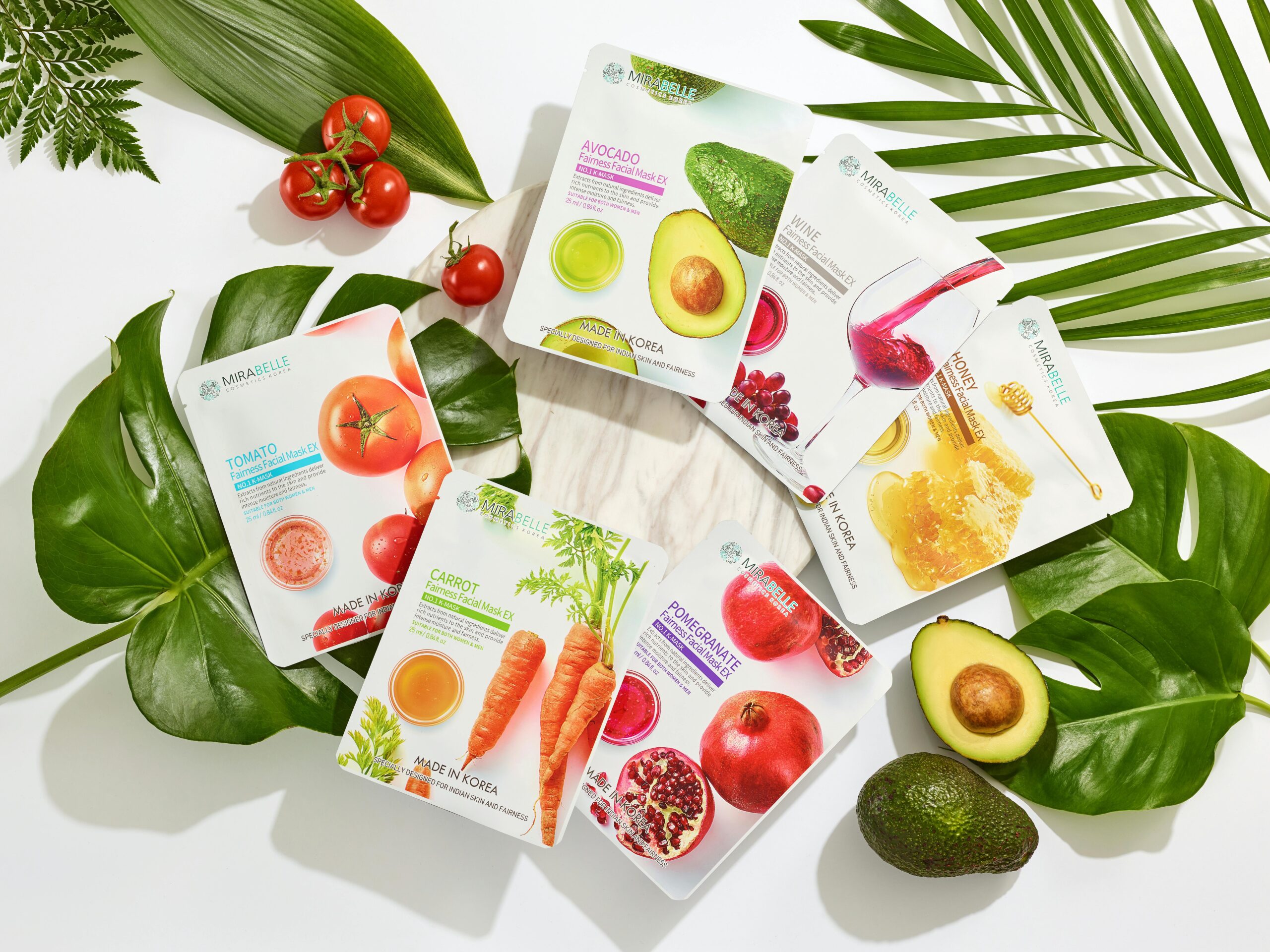
😮 Adapting the K-beauty Routine for Oily Skin
While the 10-step Korean skincare routine might seem overwhelming for those with naturally oily skin, it can still be adapted to work effectively without causing excess oil production.
Key Ingredients in Korean Oily Skincare Products
Tea Tree Extract
Known for its antibacterial and anti-inflammatory properties, tea tree extract helps control excess oil production, reduce acne, and soothe irritated skin. It's especially effective in preventing breakouts and keeping pores clear.
Centella Asiatica (Cica)
Centella Asiatica is a soothing herb popular in Korean skincare for its ability to calm redness, irritation, and inflammation while balancing oil production. It also promotes skin healing, making it ideal for oily skin prone to blemishes, which has also made it a popular ingredient in sheet masks.
Salicylic Acid
A beta-hydroxy acid (BHA) that penetrates deep into pores to exfoliate, remove excess sebum, and prevent clogging, salicylic acid is a go-to ingredient for managing acne and keeping oily skin clear and smooth.
Niacinamide
This B vitamin is a versatile ingredient that regulates sebum production, strengthens the skin barrier, and minimizes the appearance of enlarged pores. It also has brightening properties, making it a favorite for controlling oil and evening skin tone, especially among those with darker complexions.
Complete Routine for Oily Skin
For oily skin, it's not about stripping away all the oil. Instead, the goal is to tackle acne and control oil without leaving your skin feeling parched. Going too harsh may actually trigger your skin to produce even more oil, so let's dive into the steps of an effective Korean skincare routine for oily skin:
Double Cleanse
Counterintuitive as it may seem, oil cleansers are your best friend. They gently remove oil-based impurities like sunscreen and makeup without stripping your skin.
After that, use a gentle, low-pH water-based Korean facial cleanser to wash away any remaining impurities. This two-step cleansing method ensures your skin is clean without being stripped of its natural moisture.
Exfoliate
If your skin looks dull despite its oiliness, dead skin cells may be the culprit. Exfoliation is key to whisking away those clingy cells, along with dirt and oil that may be clogging your pores.
Beta Hydroxy Acid (BHA), like salicylic acid, is perfect for oily skin. It can penetrate deep into your pores and unclog impurities. Remember to exfoliate gently and not too frequently to avoid irritating your skin.
Tone
After exfoliation, it's time to tone your skin. This step is crucial for hydration, calming, and balancing your skin's pH. Look for Korean toners that are soothing and hydrating without being heavy.
Ingredients like Centella Asiatica, heartleaf, and chamomile work wonders for oily skin. You can also use a gentle exfoliating toner on nights when you haven't exfoliated.
Serum or Ampoule
Now, it's time to target specific concerns with a serum or ampoule; these concentrated products deliver active ingredients directly to your skin. Whether it's controlling excess oil, fighting acne, or addressing scarring, there's a Korean face serum or ampoule for it.
Keep an eye out for niacinamide, a superstar ingredient that regulates oil production brightens the complexion and fades post-inflammatory hyperpigmentation.
Sheet Mask
While not essential, incorporating face masks into a Korean skincare routine for oily skin can provide an extra boost of care tailored to your skin's specific needs.
Alternatively, if you have a bit of time, consider treating yourself to a spa-like experience with a sheet or clay mask. Clay masks are particularly effective in drawing out impurities from deep within your pores, complementing your daily cleansing routine.
Leave the mask on for 10 to 15 minutes before rinsing and proceeding with the rest of your K-beauty routine for oily skin. Generally, using masks 1 to 2 times a week is sufficient to see the benefits without over stripping your skin.
Don't forget to massage any leftover essence from sheet masks for maximum absorption and hydration!
Eye Cream
Nourishing the delicate skin around your eyes is an essential step in your Korean skincare routine. Even though oily skin may not show signs of aging as early as other skin types, the thin and prone-to-dehydration eye area still requires attention. Opt for a lightweight eye cream specifically formulated for this sensitive area.
Look for Korean eye creams enriched with ingredients like bakuchiol, retinal, and peptides, known for their plumping and anti-aging properties. Green tea and centella asiatica are also excellent choices to combat puffiness and soothe the delicate skin around your eyes.
Moisturizer
Contrary to popular belief, oily skin still needs proper hydration to maintain its health and balance.
Well-moisturized skin actually produces less oil as it doesn't need to compensate for perceived dryness. Moreover, a moisturized skin barrier acts as a shield against external aggressors like pollution, bacteria, and UV radiation.
When selecting a moisturizer for a Korean skincare routine, opt for lightweight, oil-free, or water-based formulas that provide hydration with a matte finish.
Gels and lotions are usually better suited for oily skin as they are less likely to clog pores. Remember to strike a balance and apply just enough moisturizer to maintain your skin's natural oils.
Sunscreen
No Korean skincare routine is complete without sunscreen, regardless of your skin type. Sun protection is crucial in preventing premature aging, hyperpigmentation, and most importantly, skin cancer.
Find a Korean sunscreen that feels light on the skin but offers excellent protection. Look for non-comedogenic and oil-free formulas to prevent clogged pores and excess shine.
Consider using a moisturizing sunscreen during the day to streamline your routine without compromising on essential sun protection.
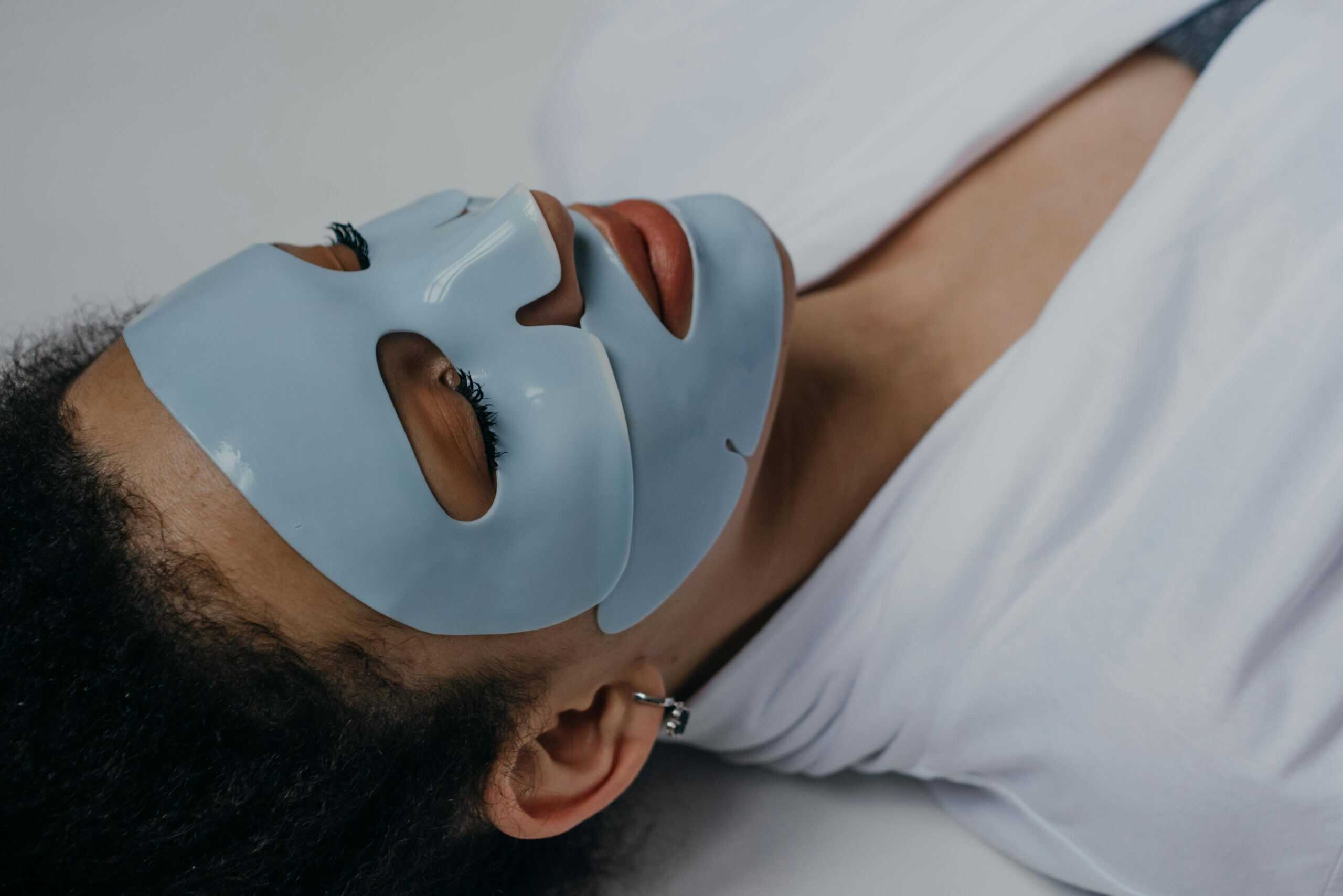
🫣 Adapting the Korean Skincare Routine for Combination Skin
Combination skin requires a tailored approach to effectively address its unique needs. By incorporating key steps and selecting products suitable for both oily and dry areas, you can achieve a balanced and radiant complexion.
Key Ingredients in Korean Combination Skincare Products
Ginseng
Ginseng is a staple ingredient in many Korean skincare products for combination skin. This powerful root extract has anti-inflammatory properties and stimulates collagen production, making it perfect for addressing both oily and dry areas.
Propolis
From moisturizers to serums, propolis is a popular ingredient in Korean skincare for combination skin. This natural resin collected by honey bees has numerous benefits, including anti-bacterial and anti-inflammatory properties, making it ideal for soothing breakouts and hydrating dry areas.
Green Tea
Green tea is a key ingredient in many Korean toners and moisturizers for combination skin. This antioxidant-rich ingredient helps to balance oil production, tighten pores, and provide hydration without clogging pores.
Rice Extract
Rice extract is another popular ingredient in Korean skincare for combination skin. It helps to brighten and even out skin tone while also providing hydration, making it perfect for addressing dry areas.
Ceramides
Ceramides are naturally found in the skin and play a crucial role in maintaining its barrier function.
Korean skincare products made for combination skin often include this ingredient to help strengthen the skin's moisture barrier, keeping dry areas nourished and protected while balancing oil production.
Complete Skincare Routine for Combination Skin
Achieving healthy and balanced skin is a top priority for those with combination skin. Follow this complete skincare routine tailored for combination skin to address different concerns and maintain a harmonious complexion.
Oil Cleansing
Start your skincare routine by thoroughly cleansing your skin with a gentle makeup remover or cleansing oil. This will effectively remove dirt and excess oil accumulated throughout the day, leaving your skin feeling refreshed and comfortable.
Foaming Cleanser
Next, use a gel-based facial cleanser to cleanse your skin without stripping away its natural moisture. Look for a gentle formula that will prevent dryness and tightness, providing a balanced cleansing experience.
Exfoliate
Incorporate a low-concentration chemical exfoliant suitable for combination skin into your routine. Exfoliation helps remove dead skin cells and improve the absorption of nutrients, resulting in a smoother and more radiant complexion.
Toner
Toning is an essential step for combination skin as it helps control oil, tightens pores, balances pH levels, and enhances the skin's absorption of subsequent products. Choose a toner that soothes the skin and maintains daily use for optimal results.
Essence
After toning, apply a specialized essence that targets your specific skin concerns. Essences are lightweight and highly absorbent, allowing the skin to benefit from their nourishing and hydrating properties.
Serum
Select a serum designed to address specific skin concerns such as acne, aging, or dark spots. Look for serums that are suitable for combination skin to avoid irritation. These targeted treatments will help combat specific issues while maintaining balance in your skin.
Sheet Mask
Supplement your skincare routine with the use of sheet masks to provide an extra boost of moisture and nutrients. Sheet masks help to deeply hydrate and revitalize the skin, leaving it smooth, firm, and youthful-looking.
Eye Cream
Lastly, don't neglect the delicate skin around your eyes. Choose an eye cream specifically formulated to address signs of aging and nourish the skin in that area. This will help minimize the appearance of wrinkles and keep your skin looking youthful.
❓ Frequently Asked Questions
It is recommended to follow this skincare routine once a day, either in the morning or in the evening, for optimal results—don’t over-cleanse your face, or it may affect the natural balance of your skin’s oils.
Yes, you can mix and match products from different brands as long as they are suitable for your skin type and address your specific concerns. However, it’s important to ensure that the products are compatible and won’t cause any adverse reactions by doing a patch test before starting to use them regularly.
While all the steps in the skincare routine are important for maintaining healthy skin, you can customize the routine based on your individual needs. However, it is recommended to at least cleanse, moisturize, and apply sunscreen as essential steps for daily skincare.
The time it takes to see results may vary depending on individual factors such as skin type, concerns, and consistency in following the routine. Generally, you may start noticing improvements in the appearance and texture of your skin within a few weeks of consistent use.
However, it’s important to remember that skincare is a long-term commitment, and results may vary for each person—the best skincare routine is one you can stick to.


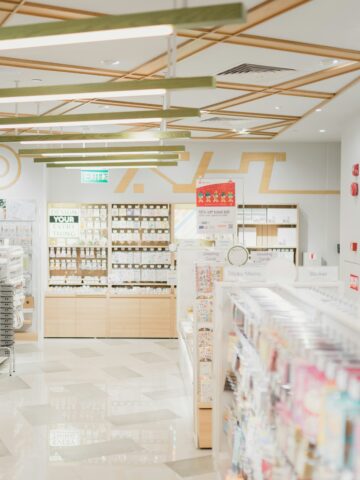
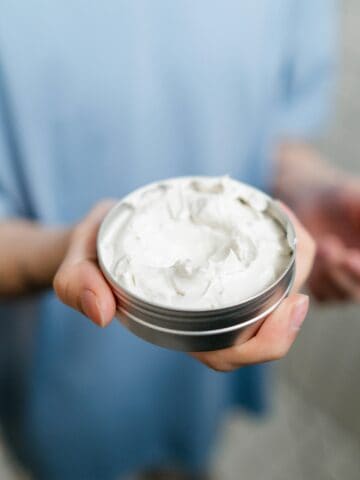
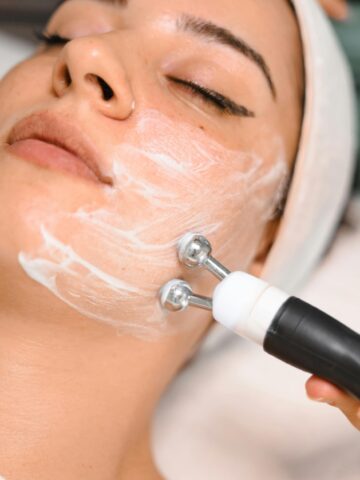
Comments
No Comments